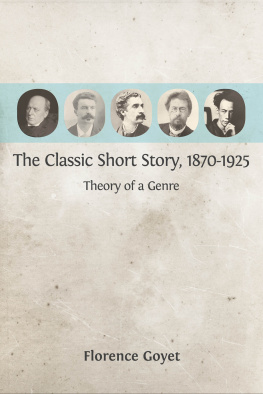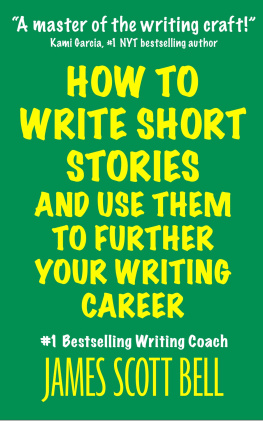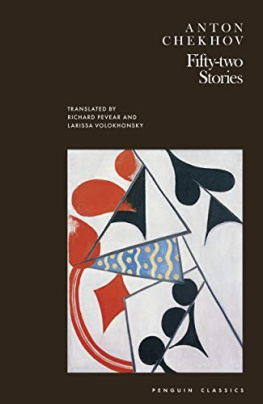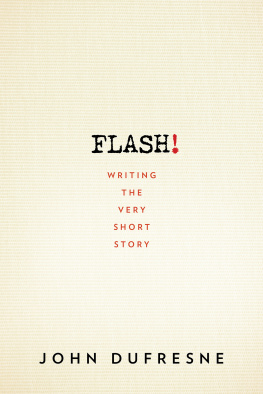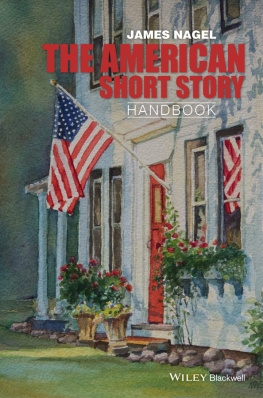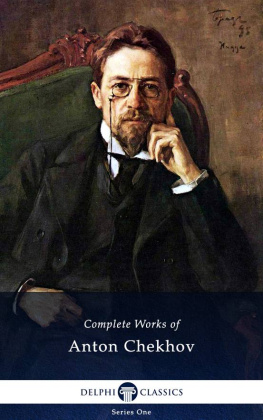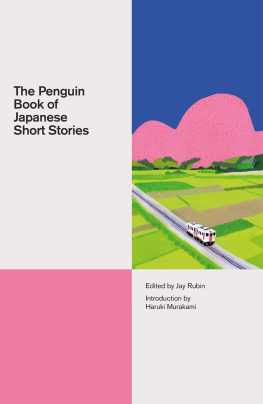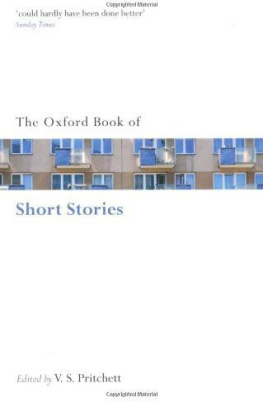The Classic Short Story
The Classic Short Story,
1870-1925:
Theory of a Genre
Florence Goyet

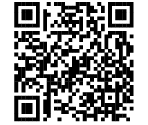
http://www.openbookpublishers.com
2014 Florence Goyet

This work is licensed under a Creative Commons Attribution 4.0 International license (CC BY 4.0). This license allows you to share, copy, distribute and transmit the work; to adapt the work and to make commercial use of the work providing attribution is made to the author (but not in any way that suggests that she endorses you or your use of the work). Attribution should include the following information:
Goyet, Florence. The Classic Short Story, 1870-1925: Theory of a Genre . Cambridge, UK: Open Book Publishers, 2014. DOI: 10.11647/OBP.0039
Further details about CC BY licenses are available at:
http://creativecommons.org/licenses/by/4.0/
Digital material and resources associated with this volume are available on our website at:
http://www.openbookpublishers.com/isbn/ 9781909254756
ISBN Paperback: 978-1-909254-75-6
ISBN Hardback: 978-1-909254-76-3
ISBN Digital (PDF): 978-1-909254-77-0
ISBN Digital ebook (epub): 978-1-909254-78-7
ISBN Digital ebook (mobi): 978-1-909254-79-4
DOI: 10.11647/OBP.0039
Cover portraits (left to right): Henry James, Flickr Commons (http://tiny.cc/76rg7w), Guy de Maupassant, Wikimedia (http://tiny.cc/2bsg7w), Giovanni Verga, Wikimedia (http://tiny.cc/eesg7w), Anton Chekhov, Wikimedia (http://tiny.cc/1fsg7w) and Akutagawa Rynosuke, Wikimedia (http://tiny.cc/ohsg7w).
All paper used by Open Book Publishers is SFI (Sustainable Forestry Initiative), and PEFC (Programme for the Endorsement of Forest Certification Schemes) Certified.
Printed in the United Kingdom and United States by Lightning Source
for Open Book Publishers
To my parents, Janine and Roger Bressand-Saureil.
Table of Contents
12.Conclusion to Part III: Are Dostoevskys Short Stories
Polyphonic?
Acknowledgements
This book is a fully revised and updated translation, by Yvonne Freccero and Florence Goyet, of La Nouvelle, 1870-1925: description dun genre son apoge (Paris: Presses Universitaires de France, 1993), which sold out in 2012.
For their encouragement and advice over the years, I am very grateful to Pierre Brunel, Lionel Gossman, Vladimir Kataev, Guido Baldi, Michel Cadot, Peter Por, Batrice Didier, Thierry Mar, Simone Bonnassieux, Odile Dussud, Kato Masako and Gregory McNamee, as well as the late Elisabeth Shaw, Jean-Jacques Origas and Kato Shuichi. I am indebted to the University of Grenoble-Alpes, the Centre National de la Recherche Scientifique (CNRS), and the Fondation Thiers for giving me the research time to write this book, and to Princeton University and the University of Wisconsin at Madison for their Visiting Fellowships. I thank my research team, Rhtorique de lAntiquit la Rvolution (RARE), for the grant they gave me. I would also like to thank the librarians at the Institut dtudes slaves and Bibliothque nationale de France (especially M. Jean Watelet) for their assistance in finding materials. For their help with the translation, my sincerest thanks go to my translator Yvonne Freccero, my editor Corin Throsby and Open Book Publishers.
Introduction
This book aims to characterise what I consider to be the classic short story, which was written throughout the world by both major and minor short story writers in the period covering roughly 1870-1925. Although the short story has tended to be characterised as offering psychological complexity and nuanced characters, the classic short stories operated under extremely strict conventions. Despite the fact that this form of the short story was practiced so widely, its importance to the genre has yet to be sufficiently acknowledged in the extensive literature on the topic.
In the Anglophone world, two major works gave birth and shape to a revival of short story criticism in the late 1960s and 1970s. invention of the genre at the beginning of the nineteenth century.
This apparently comprehensive view of the genre, however, left a crucial missing link: critics tend to ignore the end of nineteenth century, despite the fact that this period has a strong claim as a major stage if not the major stage of the form. There is of course nothing ground-breaking in such an assertion: it is well documented that the short story was enormously popular at this time, and that innumerable periodicals were publishing countless stories.
Yet compared to the wealth and importance of these stories in their time, critical appraisals of this form have been very few.
As a global study of the classic form was still missing, I undertook to concentrate on the short story at this time of its greatest efflorescence, across a number of different countries and languages, working with a corpus of more than a thousand stories. This research led me to see that this classic short story, albeit with infinitely various surface features, was built on a constant structure, had a characteristic relationship with its readers,
To test my hypothesis, and disengage the in-depth characteristics of this form, the first requirement seemed to me to survey in detail an international selection of the greatest short story authors. I chose to look at the entire body of stories of five major authors, one in each of the languages with which I was familiar (French, Russian, Italian, English and Japanese): Maupassant, Chekhov, Verga, James and Akutagawa. Maupassant was an obvious choice as he has largely been figured by critics as the master of the classic short story, as well as Chekhov, who is seen to embody short fiction (or the modern short story as I call it).
The second step was to place these great authors in the context of their time: to read Maupassant along with Alphonse Daudet, and James along with Rudyard Kipling. More importantly, I decided to read them in the same place as the audience of the time: in the newspapers and the intellectual journals of the late nineteenth and early twentieth centuries. This was more fruitful than I could have imagined. First, it allowed me to see these stories in the vicinity of the other genres of the newspapers (chronicles, reports, anecdotes, etc), with which they have interesting resemblances and differences. Secondly, it explained what is maybe the essential feature of the classic short story: its exoticism. Most of these stories deal with characters that are in some ways removed from the reader (either by place, time, race or class).
Modern short stories that follow less generic conventions may very well be more satisfying for twenty-first century readers than the classic form. Throughout this book, I shall not shy away from acknowledging the classic short storys limitations: these stories can be extraordinarily powerful, but the form is also somewhat stifling. However, the very fact that the greatest authors of the time abundantly and continuously produced classic short stories should draw our attention to the possibilities of the form. They did great things with potentially restrictive structural laws. In doing so, they were part of a democratisation of literature: this was a form that could be read, like the serial, by a large number of readers but which could also give quick, swift pleasure to readers accustomed to more demanding writing.

